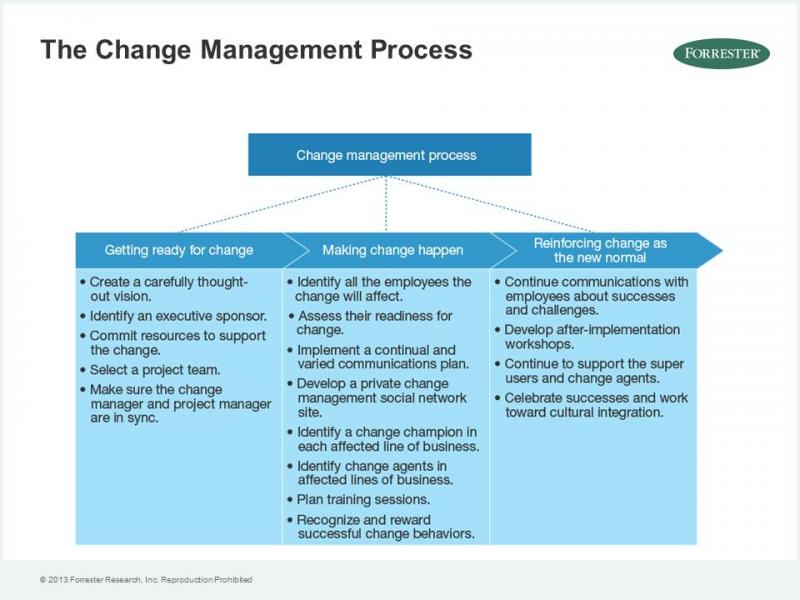“People Problems” Stymie CRM Initiatives
To succeed in the age of the customer, business and IT professionals who support front-office business processes cannot afford failed technology initiatives. But how do you acquire and deploy the appropriate supporting technologies and lead and sustain the necessary organizational changes to be successful?
Knowledge workers have a great deal of control over the tools they use to get their jobs done, and you must convince them of the value of using a new technology tool. The cost of poor adoption is twofold: underutilized investment and unmet business objectives. Driving adoption needs to be a top priority of any customer relationship management (CRM) initiative, and getting there requires skills and resources to drive effective change management.
To understand the prevalence of the risks and pitfalls that AD&D pros need to navigate to achieve a successful CRM technology project, Forrester partnered with CustomerThink to survey 650 individuals who had been involved in a CRM technology project as a business professional in sales, marketing, customer service, or IT within the past 36 months.
According to our respondents, the top "people" challenges when implementing a CRM solution include cultural resistance to adopting new ways of working (45%), difficulties in achieving user adoption (44%), insufficient planning and attention given to change management (42%), and inadequate leadership (38%).
CRM success truly hinges on effective change management. Three main phases make up business change management from the people perspective: 1) getting ready; 2) making change happen; 3) reinforcing change. Planning for change includes developing a strong vision, identifying expected results, and getting the executive stakeholder to commit to active involvement. Implementing effective change includes activities that range from high-level planning around why the change is needed all the way down to addressing employees' concerns about how the change is going to affect them. Communication and reinforcement activities need to continue to ensure that the change becomes a part of the organization's culture.

To be successful:
- Use continuous improvement processes to soften culture shock. Successful CRM requires an organization to learn and accept new business processes and supporting technologies, which is never easy. As a manager of IT quality at a public-sector company put it, "Our greatest difficulty was changing the culture of our users." Use quick wins to gain support for the new CRM system and continuous improvement to keep interest high.
- Overcome adoption issues by letting users influence functionality. Employees won't adopt new CRM processes and technologies that do not have a clear benefit for users and that aren't properly socialized. A CRM architect at a media, entertainment, and leisure firm told us that "end user adoption is always difficult, especially with our sales team." Enterprises should ensure that users have opportunities to influence application functionality and enhancements.
- Plan carefully to facilitate changes in management and employee behaviors. An organization's top executives set the tone for a customer-centric culture, one that emphasizes the need to adopt new processes and tools to serve customers more effectively. Employees look at the behaviors of the senior leadership team to determine which activities are valued and which aren't. As the CRM manager of a business services company told us, "Our greatest problem was lack of buy-in from management."